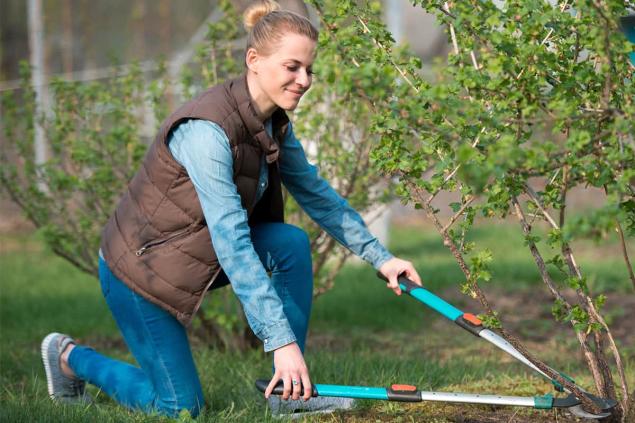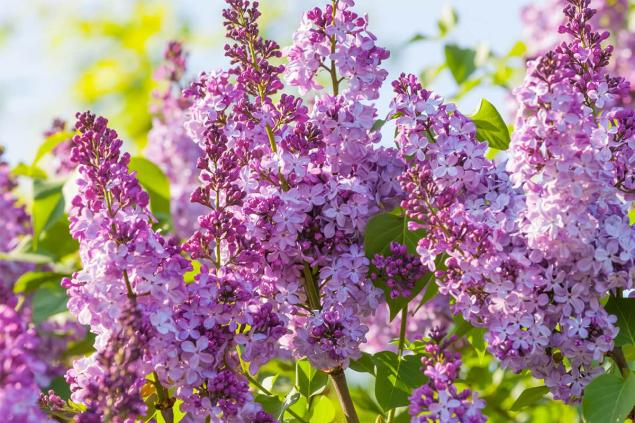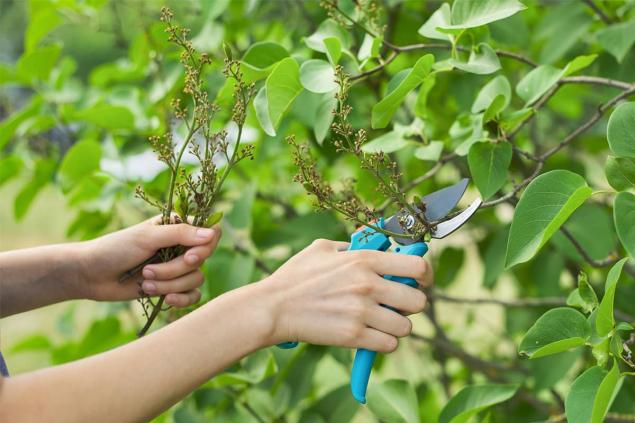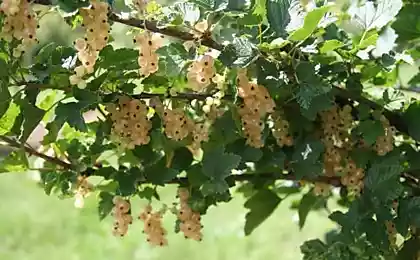196
Rules for the care of lilacs for diligent gardeners
It may seem that lilac does not need our attention, because it grows well and blooms without any human intervention. However, even experienced gardeners sometimes wonder how to make lilacs grow in the correct shape and smell every summer.
With regular lilac care, you will get a real, neat and attractive decoration of the garden and house. On how to provide this beautiful plant with all favorable conditions, the editorial office will tell "Site"
 09
09
Lush lilac is a perennial plant that needs year-round care. Otherwise, its condition will deteriorate, the tree will begin to grow throughout the nearby area within a radius of 10-20 m to preserve itself. And it will begin to grow unevenly, and the flowers and leaves will lose their bright color and splendor.
Uprooting an overgrown bush is very difficult. At the same time, there is a high probability that some roots will become sick or begin to rot. To initially exclude such an outcome of events, after planting lilacs You need to start taking good care of her..
Lilac care in autumn
In autumn, we prepare the plant for wintering and, no less important, flowering. After planting lilacs in the garden, water it weekly. Wet not only the area near the trunk, but also the ground around. You can add fertilizer to the water, however, it is not always recommended to do this.
When preparing a bush or seedling for winter, make sure the plant is not affected by disease, parasites or rotting. It is necessary to regularly check the plant for the presence of the latter and eliminate symptoms in the first stages. Unhealthy areas should be cut off or treated with special drugs. Just remember that You can remove excess lilac branches only in autumnNext year, new ones will grow in their place.

The land from which lilac grows is gradually depleted, so it is necessary to maintain its nutrition every year. The exhaustion of the soil is evidenced by an unkempt, dull, painful appearance of lilac. To avoid such consequences, nourish the ground under the plant with natural fertilizer, such as compost or humus. If you do not do this procedure, the bush will eventually wither.
Lilac care in summer and spring
Starting in late spring and throughout the summer, water the lilac with clean running water at least once a week. If it is possible to water daily, reduce the amount of water, otherwise there is a risk of flooding the roots and thereby cause rotting of the root system.
Also, along with water, you can bring fertilizer to the ground when you see that the plant needs fertilization. However, in any case, it is worth periodically fertilizing the bush, because this way you can prevent the occurrence of diseases that will be more difficult or impossible to cure by wintering.

In order for the lilac to grow correctly, and its bundles of inflorescences were bright and luxurious, carefully monitor the condition of the branches and trunk at the very base. During the active flowering of lilacs, no manipulation can be performed. It is best to adjust the shape of the trunk and branches immediately after the buds have bloomed. By doing this later, the plant can be damaged. In addition, the places where there were cut-offs will look unaesthetic.

Armed with these simple rules of care, your lilac will bloom in the spring to the envy of all. Good luck!
With regular lilac care, you will get a real, neat and attractive decoration of the garden and house. On how to provide this beautiful plant with all favorable conditions, the editorial office will tell "Site"
 09
09Lush lilac is a perennial plant that needs year-round care. Otherwise, its condition will deteriorate, the tree will begin to grow throughout the nearby area within a radius of 10-20 m to preserve itself. And it will begin to grow unevenly, and the flowers and leaves will lose their bright color and splendor.
Uprooting an overgrown bush is very difficult. At the same time, there is a high probability that some roots will become sick or begin to rot. To initially exclude such an outcome of events, after planting lilacs You need to start taking good care of her..
Lilac care in autumn

In autumn, we prepare the plant for wintering and, no less important, flowering. After planting lilacs in the garden, water it weekly. Wet not only the area near the trunk, but also the ground around. You can add fertilizer to the water, however, it is not always recommended to do this.
When preparing a bush or seedling for winter, make sure the plant is not affected by disease, parasites or rotting. It is necessary to regularly check the plant for the presence of the latter and eliminate symptoms in the first stages. Unhealthy areas should be cut off or treated with special drugs. Just remember that You can remove excess lilac branches only in autumnNext year, new ones will grow in their place.

The land from which lilac grows is gradually depleted, so it is necessary to maintain its nutrition every year. The exhaustion of the soil is evidenced by an unkempt, dull, painful appearance of lilac. To avoid such consequences, nourish the ground under the plant with natural fertilizer, such as compost or humus. If you do not do this procedure, the bush will eventually wither.
Lilac care in summer and spring

Starting in late spring and throughout the summer, water the lilac with clean running water at least once a week. If it is possible to water daily, reduce the amount of water, otherwise there is a risk of flooding the roots and thereby cause rotting of the root system.
Also, along with water, you can bring fertilizer to the ground when you see that the plant needs fertilization. However, in any case, it is worth periodically fertilizing the bush, because this way you can prevent the occurrence of diseases that will be more difficult or impossible to cure by wintering.

In order for the lilac to grow correctly, and its bundles of inflorescences were bright and luxurious, carefully monitor the condition of the branches and trunk at the very base. During the active flowering of lilacs, no manipulation can be performed. It is best to adjust the shape of the trunk and branches immediately after the buds have bloomed. By doing this later, the plant can be damaged. In addition, the places where there were cut-offs will look unaesthetic.

Armed with these simple rules of care, your lilac will bloom in the spring to the envy of all. Good luck!
















